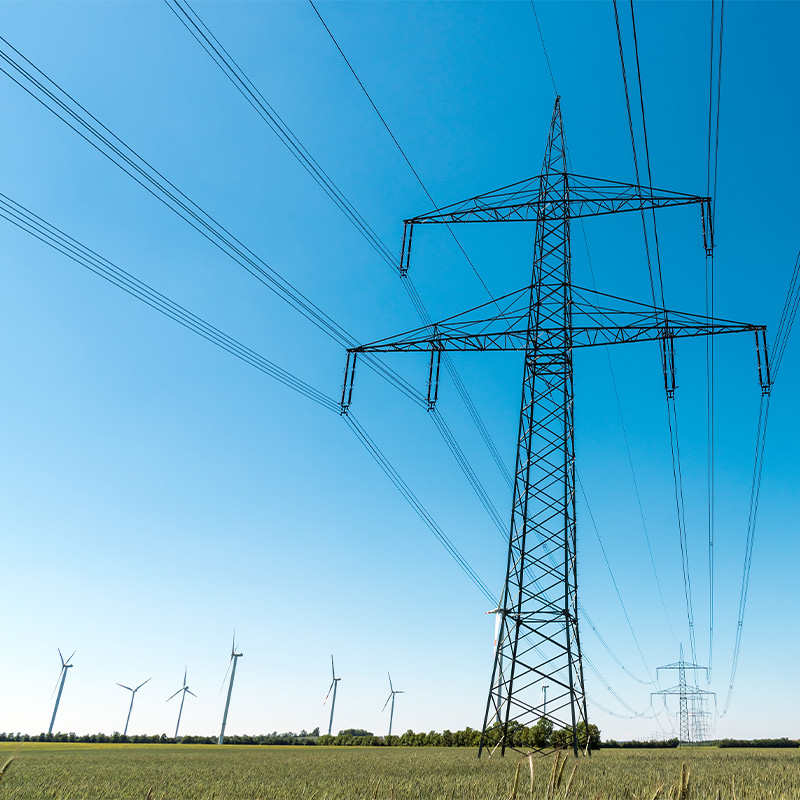
Are renewable energy prices about to rise in Europe? A PPA perspective
Are renewable energy prices about to rise in Europe? A PPA perspective
By Andrew Green, Head of Energy Solutions & Wind, andrew@greenrecruitmentcompany.com
Recent data from LevelTen Energy has shown year over year price increases for renewable energy power purchase agreements (PPA) in Europe (in their Q2 2020 PPA Price Index). This would seem to buck the trend for renewables over the last few years, where there has been one headline after another about dropping PPA prices. LevelTen Energy have mainly attributed this to the phasing out of tax credits alongside other factors. The question is what is driving this increase, is it a long term trend? And, finally what it might mean for the PPA space going forward.
Key factors that may be increasing PPA prices
Having already considered the phasing out of tax credits, what other factors may lead to increasing PPA prices?
Covid-19: a short term factor will be any costs associated with project delays caused by Covid-19.
Demand: a very clear trend that has emerged is that the PPA space isn’t keeping up the pace with demand. A recent study suggested that by 2030, clean electricity demand will reach 224 terawatt-hours. In places like Denmark there is already a concern that tech giants are taking too much of new renewable energy capacity through PPAs. Although Denmark is considering making large energy users like the tech giants contribute to the cost of building renewable energy infrastructure, that hasn’t happened yet. Increasing demand and a supply struggling to keep up is going to put an upward pressure on prices.
Grid Connection Costs: the elephant in the room when it comes to renewable energy the world over is often the state of the grid and its responsiveness in connecting new schemes. The problem is more nuanced than it seems, recently a high strike price on solar in Ireland was the result of the high future proofing standards employed on the Irish grid driving costs up. Elsewhere issues can arise because of a lack of modernization delays the completion of grid connection. It’s clear that as demand increases the PPA space needs a more effective strategy for grid connection.
PPA lengths: A study of PPA lengths in Texas found that the length of agreements in the state went on average from 20-25 years in 2017 to 12-15 years in 2019. It appears a similar trend may be emerging in Europe, with shorter PPA lengths being associated with higher prices. Whilst it’s not a slide from PPA to merchant, suppliers are going to want better prices in exchange for shorter deals.
Statistics: One point to be mindful of is a statistical one – the two largest European PPA markets in the price index are Spain (26% of projects with PPA offers and the UK (14%). Whilst Spain is one of the cheapest markets of PPAs (especially for solar). The UK is one of the most expensive. A recent BloombergNEF report found that for a solar PPA Spain had an average EUR/MWh price of 35.3 versus the UK’s 52.3 – even for onshore wind the UK has an average EUR/MWh price of 49.7. Increased UK PPA activity will always drag the average price up in the long term, there is also a wider point – very few European countries will be able to match Spain’s solar PPA pricing. As PPA adoption spreads across the rest of Europe the average price is going to increase.
The long term position and what it means for the sector
A crucial point is that despite rising costs, renewable energy will remain highly competitive versus fossil fuels and has the advantage of legislation (in relation to national targets for 2030 and beyond). The likelihood is that rising costs will be self-sustaining for a while, as buyers seek to accelerate their time table for PPA procurement, it will fuel greater PPA scarcity. It is likely that increased costs will level off in a few years.
Future technologies may also help to reduce energy costs, green hydrogen, energy storage and some experimental projects on Solar CSP & thermal storage may help renewables replace “peaker” costs and improve grid efficiencies but the principal issue will be how supply can be made to meet demand going forward.
